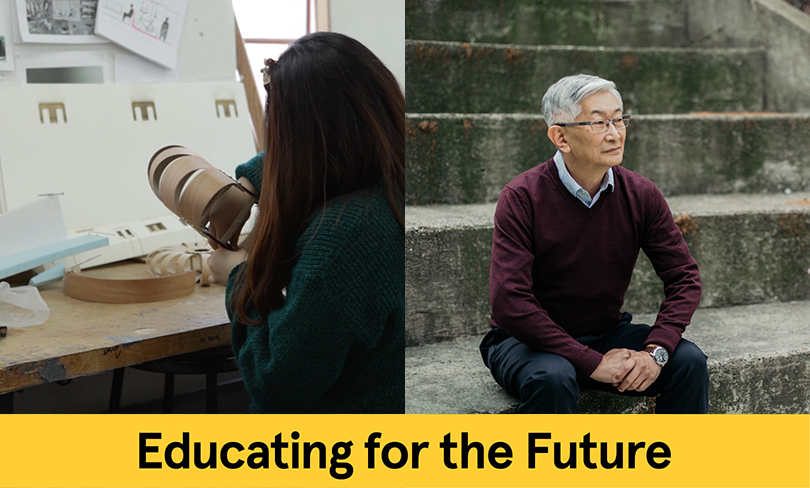
Exploring new models for education is one of the pillars of President Frances Bronet’s inauguration and an important area of discussion in academia. We live during a time of dramatic change, where the landscape is quickly shifting. How is Pratt preparing its students for careers and technologies that aren’t here yet?
In this new weekly series, “Educating for the Future,” educators across Pratt’s disciplines share their vision as to how they are educating students for a world that is quickly evolving—and reflect on what is needed to prepare the next generation for an environment that is rapidly changing.
This column is by Helio Takai, Chair of the Mathematics and Science Department in Pratt’s School of Liberal Arts and Sciences.
We live in extraordinary times. The digital revolution brought us closer to information and data as never seen before in history. Accessing newspapers around the world, obtaining weather data, and using GPS and social media are only a few of the examples of what we can do today, effortlessly. The pace at which technology develops today is unmatched by any point in history. Artificial intelligence and intelligent robots are now making their way into households, cars, and into our lives. The transitional period we live in is heralded by many as the beginning of the fourth industrial revolution and could induce profound societal changes.
This is also a time in history where global challenges need immediate attention. Global warming, sustainability, inclusion, and equality are a few of the topics that affect us all. It is in this reality that we need to educate our future citizens to become freethinkers and to solve problems that are unknown at this point. How do we accomplish this task? How do we prepare citizens for an unknown future?
Classrooms and teaching must evolve to educate students to become citizens who can shape society in an unknown future. The traditional classroom that goes back to Victorian times, with students facing forward and the instructor holding the knowledge, is as antiquated as a pocket watch. Classrooms should be dynamic spaces where students experience science, solve problems, and raise awareness of the impact of technology in society. Art combined with technology and science can be used to reshape classrooms to provide students with sensorial experiences to learn science. It is important to remember that science is a process by which students learn to reason and solve problems. Through visual, auditory, and kinesthetic experiences, students should experience up-to-date science firsthand.
Pratt is one of the best places to design and create spaces where students interact with living science. The wealth of affordable technology today is overwhelming. It can be used to create spaces where students learn the connections between art and science to solve real-life problems.
Find all of the “Educating for the Future” features and learn more about how Pratt’s educators from across the Institute are addressing what the future of education will bring to their field.